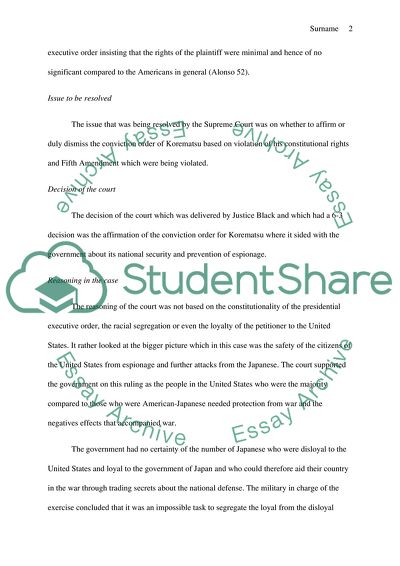Cite this document
(“Supreme Court Essay Example | Topics and Well Written Essays - 1500 words”, n.d.)
Supreme Court Essay Example | Topics and Well Written Essays - 1500 words. Retrieved from https://studentshare.org/social-science/1666001-supreme-court
Supreme Court Essay Example | Topics and Well Written Essays - 1500 words. Retrieved from https://studentshare.org/social-science/1666001-supreme-court
(Supreme Court Essay Example | Topics and Well Written Essays - 1500 Words)
Supreme Court Essay Example | Topics and Well Written Essays - 1500 Words. https://studentshare.org/social-science/1666001-supreme-court.
Supreme Court Essay Example | Topics and Well Written Essays - 1500 Words. https://studentshare.org/social-science/1666001-supreme-court.
“Supreme Court Essay Example | Topics and Well Written Essays - 1500 Words”, n.d. https://studentshare.org/social-science/1666001-supreme-court.


